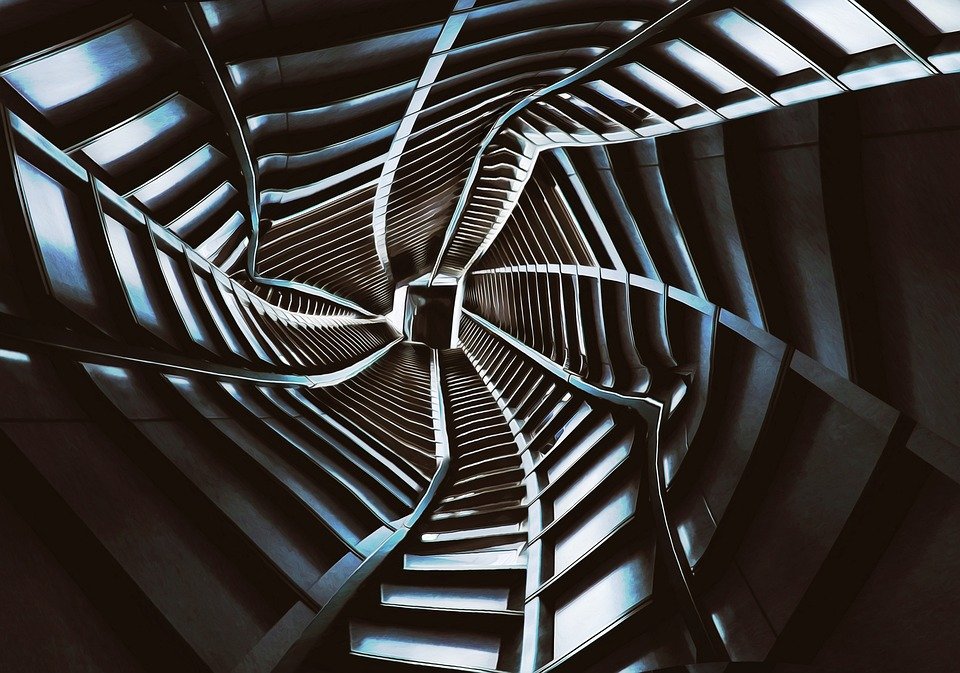Introduction
PFP (Profile Picture) NFTs have taken the digital art world by storm, offering a new way for artists to monetize their work and for collectors to own unique digital assets. In this article, we will explore the economics behind PFP NFTs and how both artists and collectors can benefit from this emerging trend.
What are PFP NFTs?
PFP NFTs are digital artworks that serve as profile pictures on social media platforms or other online spaces. These NFTs are unique, one-of-a-kind assets that are stored on the blockchain, making them secure and easily transferable. Artists create these digital artworks and mint them as NFTs, allowing collectors to purchase and own them.
How Artists Benefit
For artists, PFP NFTs offer a new way to monetize their work and reach a global audience. By minting their artwork as NFTs, artists can set a price for each piece and receive royalties every time it is sold or traded. This provides artists with a passive income stream and allows them to build a loyal fan base of collectors who appreciate their work.
How Collectors Benefit
Collectors benefit from PFP NFTs by owning unique digital assets that can increase in value over time. As the popularity of PFP NFTs grows, the demand for rare and sought-after pieces also increases, leading to potential profits for collectors who hold onto their assets. Additionally, owning PFP NFTs allows collectors to show off their unique style and personality in the digital world.
The Economics of PFP NFTs
The economics of PFP NFTs are driven by supply and demand, as well as the perceived value of the artwork. Artists can create scarcity by limiting the number of editions of a particular piece, making it more desirable to collectors. The value of PFP NFTs can also be influenced by factors such as the reputation of the artist, the quality of the artwork, and the overall trend in the market.
Case Study: Bored Ape Yacht Club
One of the most successful examples of PFP NFTs is the Bored Ape Yacht Club, a collection of unique digital apes created by the artist Yuga Labs. The project has gained a cult following, with each ape serving as a status symbol for collectors. The value of Bored Ape NFTs has skyrocketed, with some pieces selling for millions of dollars.
Conclusion
PFP NFTs offer a new way for artists to monetize their work and for collectors to own unique digital assets. By understanding the economics behind PFP NFTs, both artists and collectors can benefit from this emerging trend and participate in the growing digital art market.
FAQs
Q: How do I purchase a PFP NFT?
A: To purchase a PFP NFT, you will need to create an account on a marketplace that supports NFTs, such as Opensea or Rarible. Once you have an account, you can browse the available PFP NFTs and make a purchase using cryptocurrency.
Q: How can artists mint their artwork as NFTs?
A: Artists can mint their artwork as NFTs using a platform such as Opensea, Mintable, or Foundation. These platforms allow artists to upload their digital artwork, set a price, and mint it as an NFT on the blockchain.
Q: Are PFP NFTs a good investment?
A: Like any investment, the value of PFP NFTs can fluctuate and there is no guarantee of profit. However, some collectors have seen significant returns on their investments in rare and sought-after PFP NFTs. It is important to do your own research and understand the risks before investing in PFP NFTs.

